Good Morning!
As a homebuyer, having a competitive edge during our current housing market is an important part of the homebuying process. I am often asked as to whether it is better to be a pre-approved buyer or a pre-qualified buyer for mortgage financing. The followng article from U.S. News will give you details on both and help you get that competitive edge.
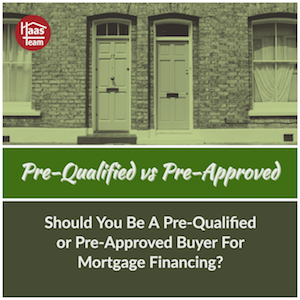 Before you can buy a house, you have to know how you’ll pay for it. For 88 percent of homebuyers, that means financing the purchase with a loan, according to the National Association of Realtors' 2018 Home Buyer and Seller Generational Trends Report.
Before you can buy a house, you have to know how you’ll pay for it. For 88 percent of homebuyers, that means financing the purchase with a loan, according to the National Association of Realtors' 2018 Home Buyer and Seller Generational Trends Report.
A major part of finding the right lender and knowing what you can afford is providing information to the bank, credit union or other lender to prove you can continue to pay back the loan, with interest, over time.
There are two options to find out what a bank is willing to lend you, as long as everything checks out once you’ve picked a house: prequalification and preapproval.
Prequalification. Having a prequalification letter from a lender means you’re conditionally approved to purchase a home up to a certain price, based on basic information about your income, debt and how much you have saved for a down payment.
While prequalification doesn’t require the documentation and proof of funds needed for a preapproval, it’s particularly helpful for homebuyers who have no idea about their budget for a home. “Prequalification gets them in a position to shop,” says John Pataky, executive vice president at TIAA Bank.
Preapproval. With preapproval, you’re providing the details about your employment and financial information and letting the lender pull your credit history to learn more about you as a borrower. A preapproval means the lender is stating confidence in lending you a certain amount of money to purchase a home, pending any issues with the house itself or unforeseen circumstances with your finances.
While the differences between preapproval and prequalification are merely a matter of reporting financial information versus providing documentation for it, a preapproval letter can be far more powerful when it comes time to place an offer on a home. That's because with preapproval, the seller has proof of your lender's confidence in you as a borrower. While prequalification makes it easier to shop for a home you can more realistically afford, preapproval gives you the strength to negotiate a purchase price, Pataky says.
Brian Simmons, founder and CEO of Ask a Lender, an online platform to help consumers shop lenders and loans and get financial advice, echoes the preference for preapproval: “One of the first things a buyer should do when they begin looking at homes is getting preapproved for a mortgage.”
If your local housing market is seeing frequent bidding wars and multiple offers on houses, a preapproval could help keep you from being overlooked by sellers who have many options to choose from when it comes to sale terms and price. Still, there are times when prequalification may be your best option to begin house hunting.
Here are five things to keep in mind as you decide whether prequalification or preapproval is the best move for you.
To shop lenders, prequalify. You may not have decided on the lender you’d like to work with yet, and shopping around by inquiring with three lenders or so is always recommended. Rather than just talking to a loan officer about available programs, you can use the prequalification process to gauge how much a lender would be able to lend to you. Of course, don’t base your choice of lender solely on the maximum price you prequalify for. Also consider what terms, rates and other details will best suit you in the long run.
Don’t get preapproved by too many lenders. Preapproval includes a full review of your financial background, including your credit history. As a result, that inquiry is noted in your credit report and can negatively impact your credit score if you have too many recent checks into your credit history.
“It doesn’t necessarily reflect well on you,” Pataky says. If you’re unsure which lender you want to work with, ask more questions and consider trying out prequalification first, then apply for preapproval once you’ve made your decision.
Neither guarantees a rate lock. The interest rate on your mortgage may be a deciding factor in whether you can afford a certain house. But your ability to secure a desirable interest rate through a rate lock, which guarantees your rate will not increase over a set time period – typically between 30 and 90 days – often only happens when you’ve found the house you want to buy.
Rate locks vary based on lender practices, but prequalification rarely offers a rate lock, and preapproval often doesn’t include a rate lock until you’ve identified the house you wish to purchase – or even until the seller has accepted your offer.
Ask your lender what’s required to ensure a rate lock and how long that rate lock lasts. In many cases, the lock is limited to 30 days, which is just enough time to get through the contract period on a house.
Preapproval still isn’t a done deal. Even if your lender is impressed by your salary and pristine history of paying off debt, no preapproval is a guarantee that a mortgage will be approved once you’ve found the house you want. There are still other factors at play, the first of which focuses on whether your financial situation has changed.
“The factors by which you were preapproved have to be maintained,” Pataky says. That means not quitting your job, not buying a Maserati to keep up with the Joneses in your new neighborhood and not opening up five credit cards in the last two weeks, he explains.
Another factor standing between you and mortgage approval is the house’s condition and appraised value. Even if you’re preapproved to buy a house for $400,000 and agree to that same price with the seller, if the house appraised for only $375,000, your lender will likely only approve you for a mortgage on the house at $375,000. You’re then tasked with trying to renegotiate on price with the seller, coming up with the extra cash on your own or starting your search for a home all over again.
Keep asking your lender questions. Even if you’ve bought a home with a mortgage before, it’s likely been at least a few years, and the process will feel different. At every step of the way, you shouldn’t be afraid to ask your lender about expectations, timing and documents you should have ready to help streamline the process as much as possible.
“During the preapproval process, the buyer will need to provide some of the documentation their loan officer will use when it’s time to underwrite the loan,” Simmons says. “This is a good opportunity to ask the lender questions about the process and get a checklist of documents the lender will need, such as pay stubs, bank statements and tax documents.”
Have an awesome week!
THIS WEEK'S HOT HOME LISTING!
 6997 GLACIER DR
6997 GLACIER DR
Price: $359,900 Beds: 4 Baths: 2.5 Sq Ft: 2406
Completely remodeled! Fresh interior & exterior paint. All new carpet, vinyl wood floors, LED lights w/ Decora switches, heat pump, furnace, hot water heater. Large lower level bonus space (not included in SF) w/ lots of potential; could make a grea...View this property >>
AND HERE'S YOUR MONDAY MORNING COFFEE!!
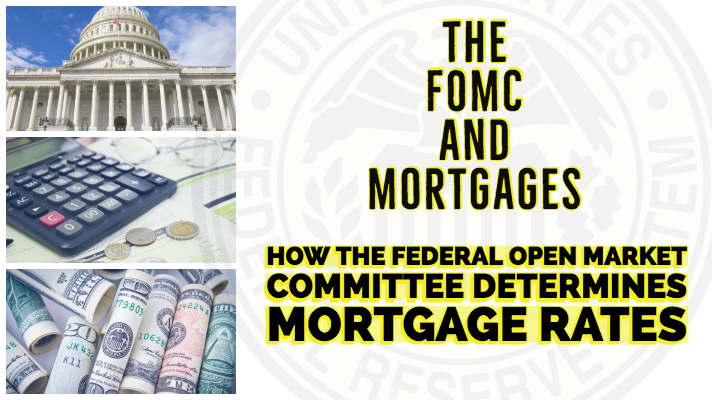 There can be some confusion in the minds of the average consumer about interest rates, especially as it relates to the Federal Open Market Committee, or FOMC, meetings. About every six weeks, the FOMC meets to discuss the current state of the economy with an eye toward the future. One important task is to monitor and adjust the cost of funds. In general, the “Fed” tries to keep inflation in check and in theory raise or lower the cost of funds. They do so by adjusting the Federal Funds rate and this is the rate that gets so much press each time the FOMC meets.
There can be some confusion in the minds of the average consumer about interest rates, especially as it relates to the Federal Open Market Committee, or FOMC, meetings. About every six weeks, the FOMC meets to discuss the current state of the economy with an eye toward the future. One important task is to monitor and adjust the cost of funds. In general, the “Fed” tries to keep inflation in check and in theory raise or lower the cost of funds. They do so by adjusting the Federal Funds rate and this is the rate that gets so much press each time the FOMC meets.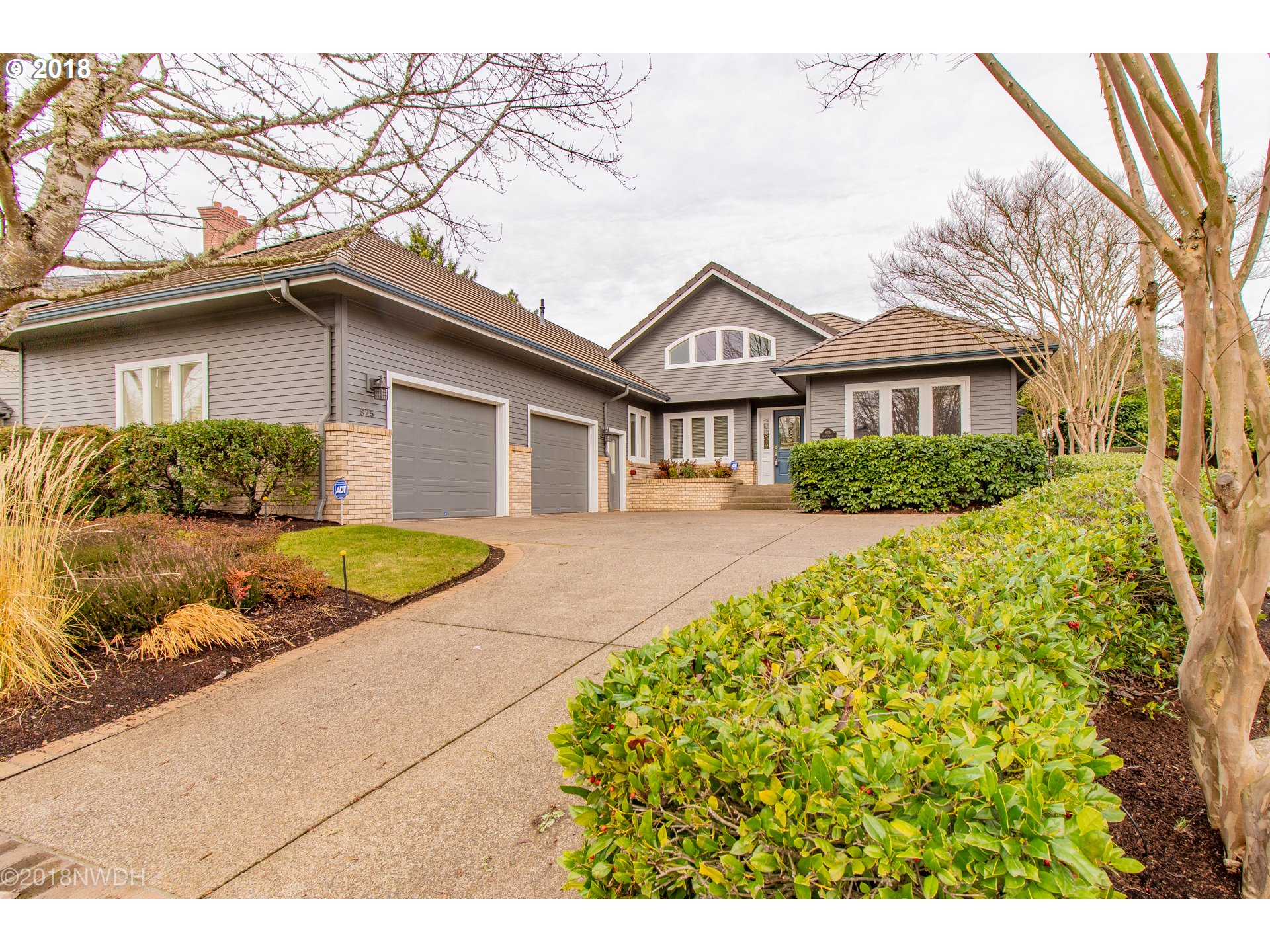 825 SAND AVE
825 SAND AVE

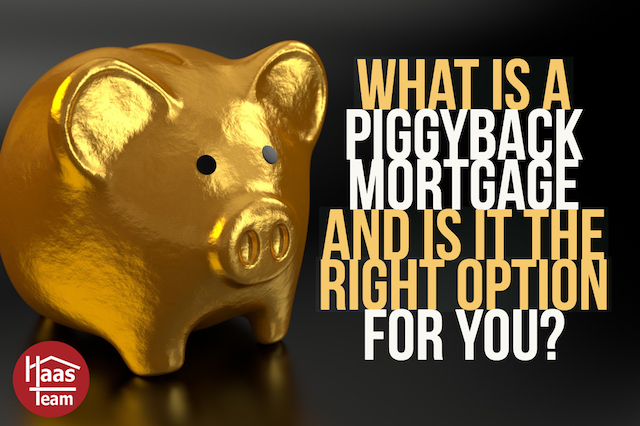 A loan program that was popular several years ago is making a comeback and many lenders are now offering options for a mortgage loan program called "the Piggyback mortgage".
A loan program that was popular several years ago is making a comeback and many lenders are now offering options for a mortgage loan program called "the Piggyback mortgage".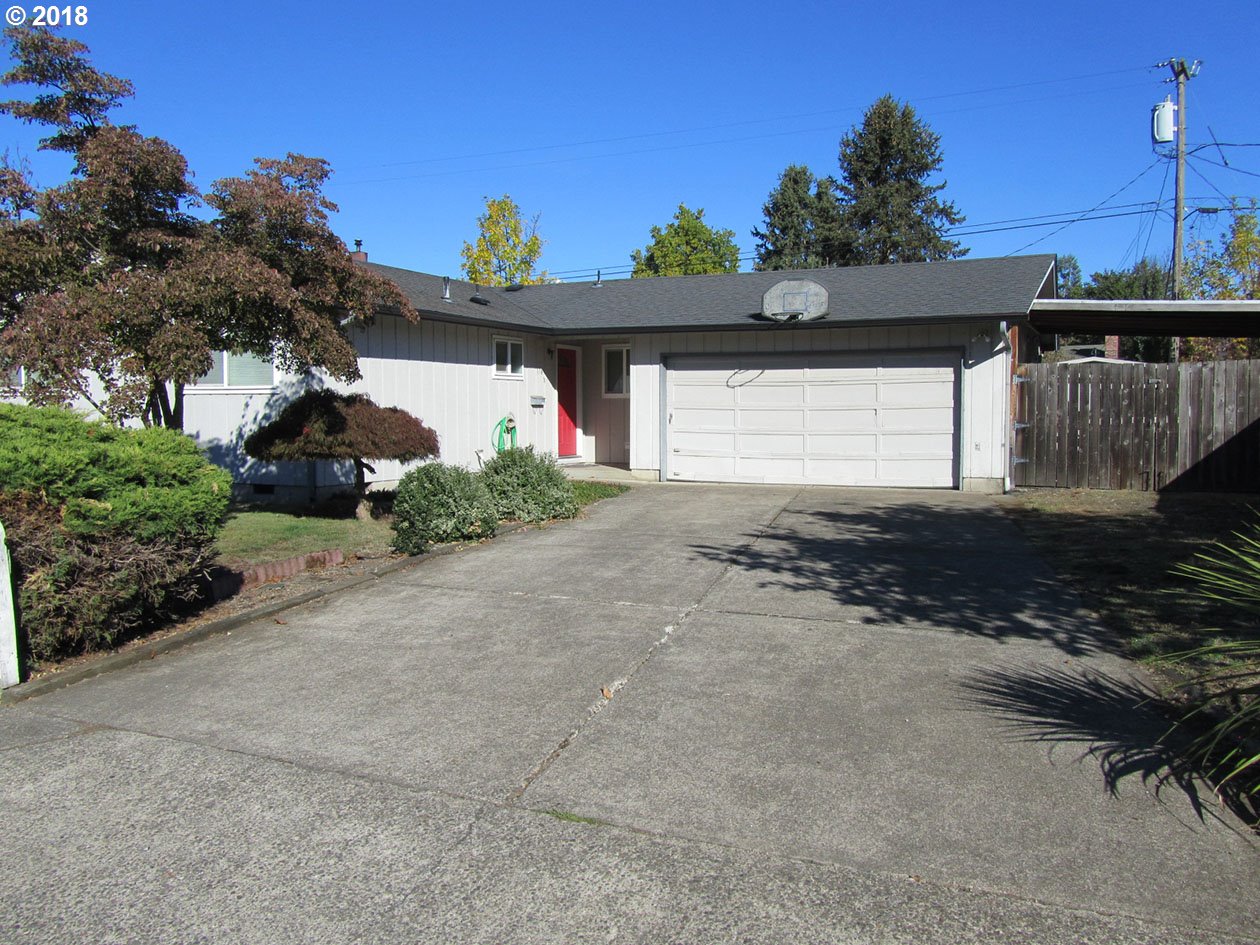
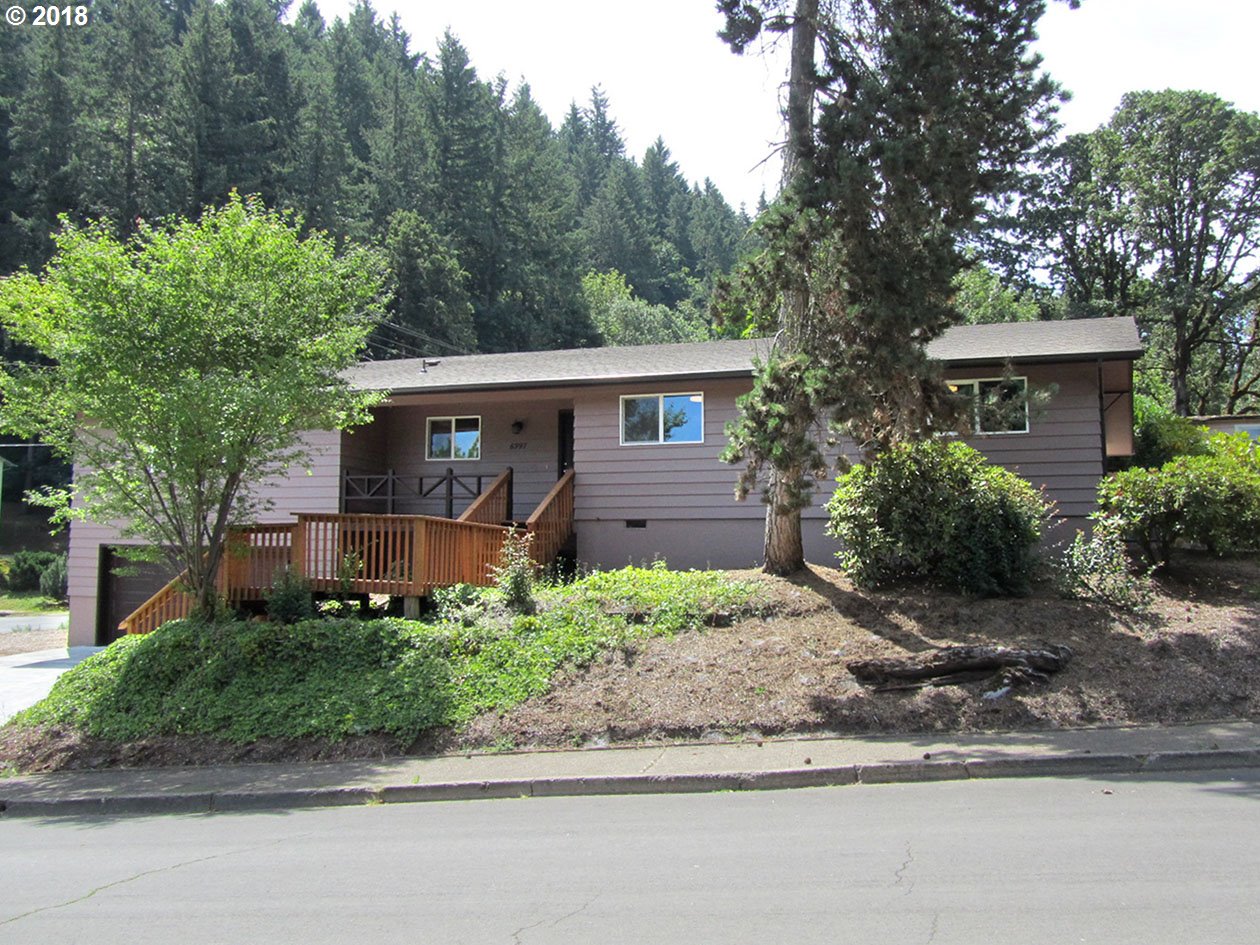 6997 GLACIER DR
6997 GLACIER DR  Before you can
Before you can  6997 GLACIER DR
6997 GLACIER DR
 The national housing market could be very close to seeing a huge surge in the number of homebuyers actively looking for and purchasing new homes. This is a surge that is sure to hit the housing markets acrosss the nation and have a huge impact at some time soon. The following is an interesting article about "Boomerang" buyers from "Realty Times".
The national housing market could be very close to seeing a huge surge in the number of homebuyers actively looking for and purchasing new homes. This is a surge that is sure to hit the housing markets acrosss the nation and have a huge impact at some time soon. The following is an interesting article about "Boomerang" buyers from "Realty Times".
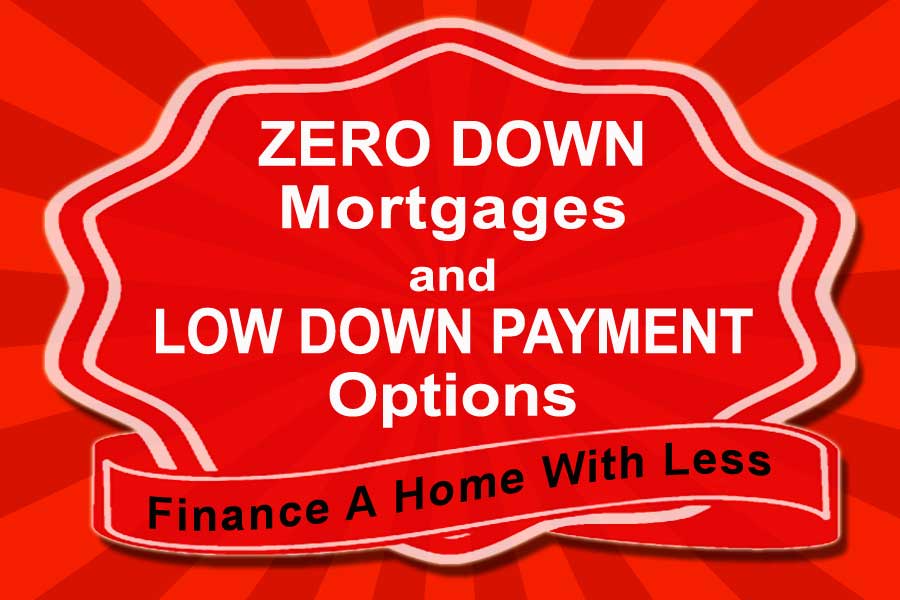 I am often asked about home mortgages and what home loans are the best way to go. There are many options out there today and some options are certainly better than others depending on your situation. The following article is from "Realty Times" and it talks about the differences between loans with low down payments and those with higher downs.
I am often asked about home mortgages and what home loans are the best way to go. There are many options out there today and some options are certainly better than others depending on your situation. The following article is from "Realty Times" and it talks about the differences between loans with low down payments and those with higher downs. 


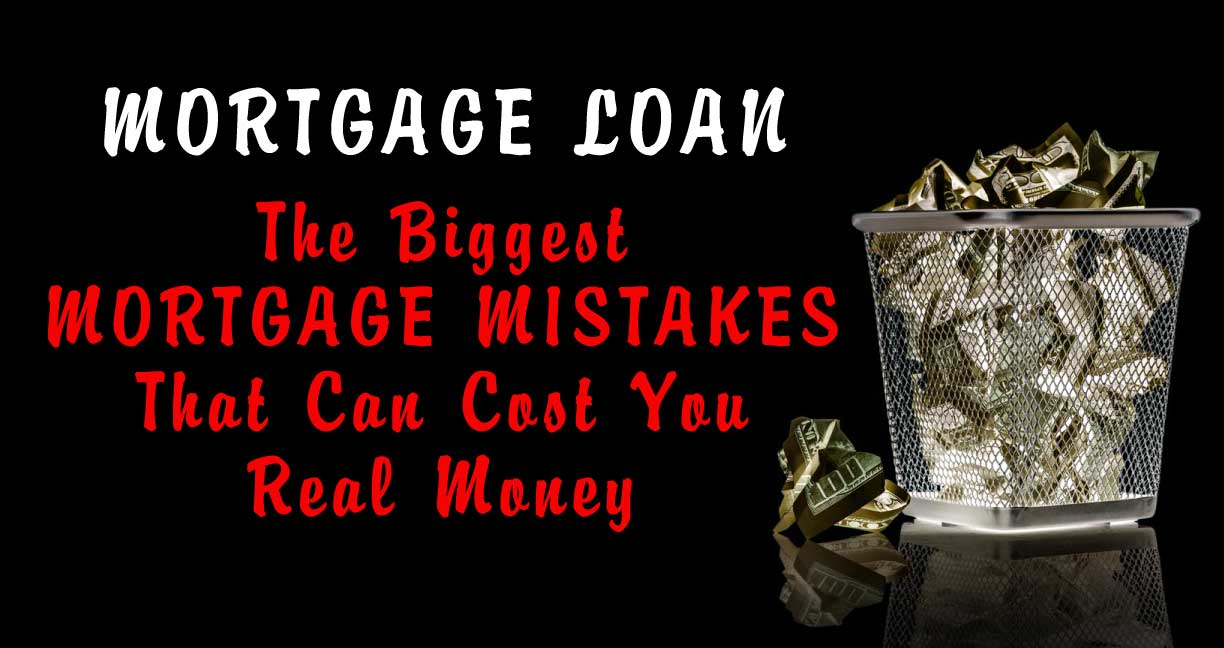
 184 75th St
184 75th St



